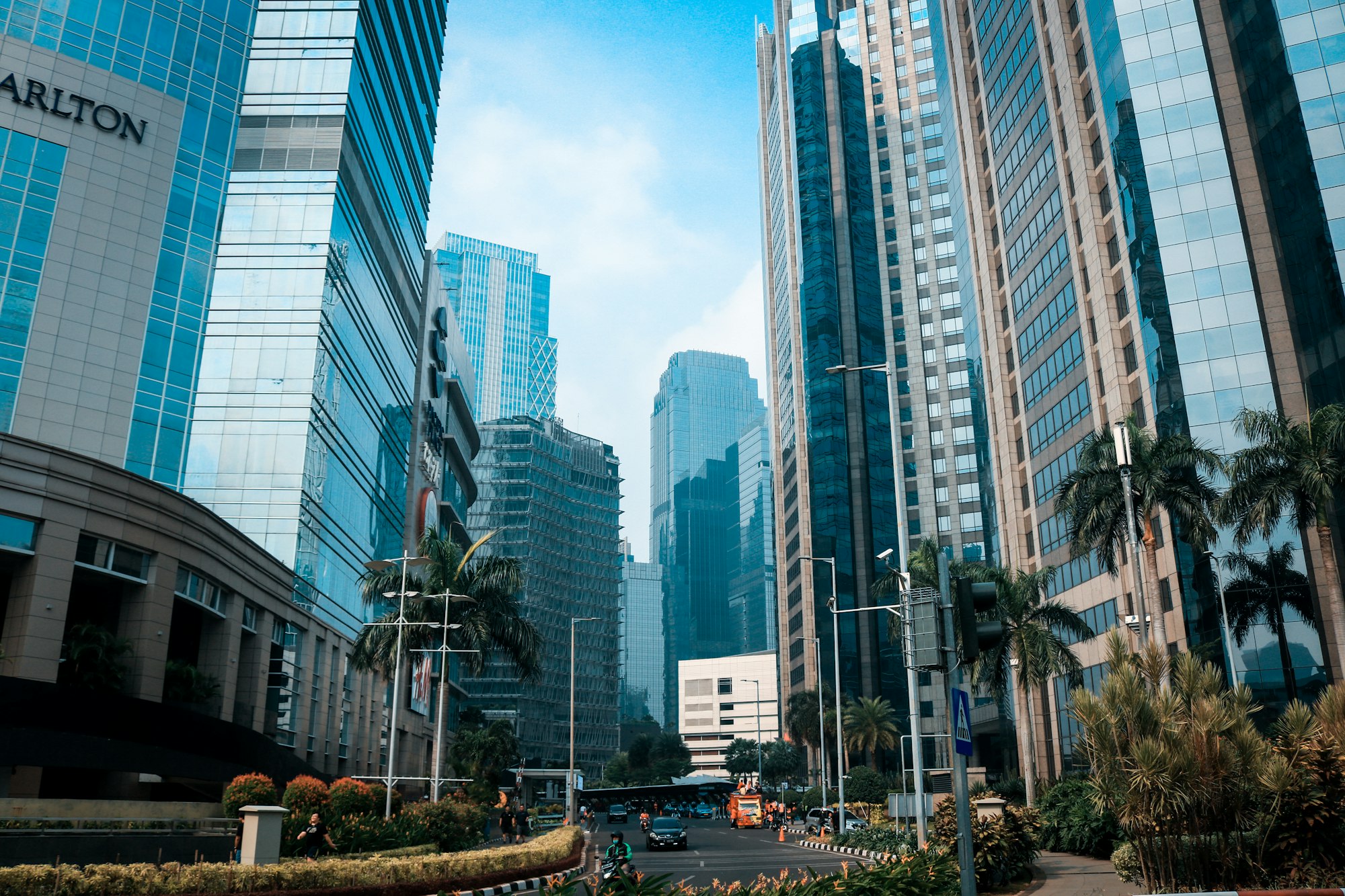Indonesia’s 2024 Economic Growth Target: Navigating Challenges and Aspirations
Despite external uncertainties, domestic growth remains resilient. Economic actors exude confidence, and the entrepreneurial spirit thrives. However, sustaining this momentum necessitates concerted efforts.

As the sun rises over the bustling streets of Jakarta, Indonesia stands at a critical juncture in its economic journey. The year 2024 holds immense promise, yet it also presents formidable challenges. Against this backdrop, the nation’s economic growth target becomes a beacon—a guiding star for policymakers, investors, and citizens alike.

The Numbers Speak: 4.7% to 5.5%
Bank Indonesia (BI), the country’s central bank, has unwaveringly set its sights on a robust economic expansion. The forecast for Indonesia’s economic growth in 2024 lies within the range of 4.7% to 5.5% annually. This projection reflects both optimism and pragmatism. Let’s dissect the numbers:
- Global Winds of Change: BI Governor Perry Warjiyo attributes this prospect to improving exports, aligning with the potential for increased global economic growth. As the world economy rebounds from pandemic-induced slumber, Indonesia aims to ride the tailwinds of international trade.
- Domestic Resilience: Despite external uncertainties, domestic growth remains resilient. Economic actors exude confidence, and the entrepreneurial spirit thrives. However, sustaining this momentum necessitates concerted efforts.
- Consumption and Investment: Governor Warjiyo’s advice echoes through the corridors of power: Indonesia must continue to encourage household consumption and investment. The engine of growth lies not only in grand infrastructure projects but also in the everyday choices of citizens. Non-building investments—innovations, technology adoption, and human capital development—will be pivotal.
Challenges on the Horizon
Yet, the path to prosperity is strewn with challenges:
- Structural Reforms: Indonesia grapples with structural bottlenecks—inefficient bureaucracy, inadequate infrastructure, and regulatory complexities. The government’s commitment to reforms will determine whether these bottlenecks transform into stepping stones or stumbling blocks.
- Inclusive Growth: Economic growth must not be a privilege reserved for the few. The 2024 target must translate into tangible improvements in the lives of ordinary Indonesians. Education, healthcare, and social safety nets deserve equal attention.
- Environmental Sustainability: As we chase growth, we must tread lightly on our planet. Balancing economic development with environmental stewardship is non-negotiable. Green investments, circular economies, and climate resilience are not buzzwords; they are imperatives.
The Road Ahead
BI’s policy mix—macroprudential measures, payment systems, and synergies with fiscal stimuli—will steer the ship. The National Development Planning Minister, Suharso Monoarfa, envisions an Indonesia that thrives on innovation, inclusivity, and sustainability. The 2024 economic growth target is not a mere statistic; it is a promise to the nation—a promise of progress, prosperity, and pride.
As the sun sets over the archipelago, let us remember that economic growth is not an end in itself. It is a means to uplift lives, empower dreams, and build a resilient Indonesia. The journey continues, and the numbers will tell our story.
Disclaimer: The views expressed in this article are solely those of the author and do not represent any official stance.

